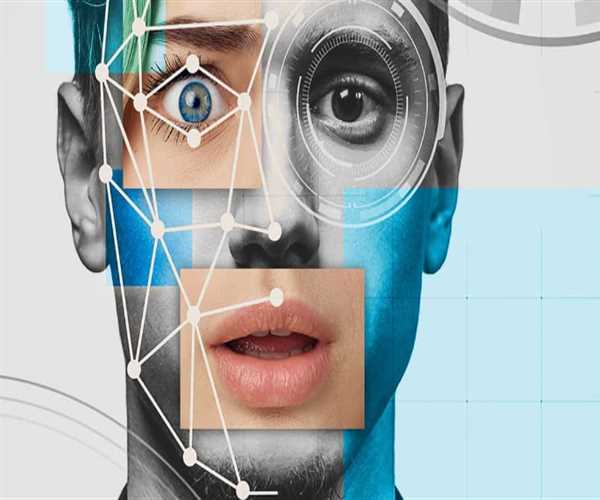Search here

22-Feb-2024 , Updated on 2/22/2024 2:54:56 AM
Controlling Deepfake technology possible?
AI is in boom! Artificial intelligence capabilities are becoming more available, with Deepfake technology posing a growing danger in audio, video, and photo formats. The recent emergence of a Deepfake video starring prominent actresses has shocked the audiences.
Deepfakes are taught how to recognize facial features using a large number of images and videos. This software, a neural network, has two functions: producing face swapped films and detecting such alterations.
As Deepfakes break the line between truth and fiction, the question arises: Can we control Deepfake technology in order to minimize its possible bad effects? Let's find out from this post!
The emerging world of Deepfake
Deep learning is an advanced Artificial Intelligence (AI) technique that uses many layers of machine learning algorithms to extract more sophisticated characteristics from raw data. It can learn from unstructured input, like the human face. For example, an AI can collect data on your physical movements.
That data may then be used to generate a Deepfake video using a GAN (Generative Adversarial Network). This is another type of customized machine learning system. Two neural networks compete to learn the properties of a training set (for example, images of faces) and then generate fresh data with the same qualities (new 'photographs').
Controlling Deepfake technology possible?
Controlling Deepfake technology is a major difficulty in modern technology. The fast growth of artificial intelligence and machine learning has enabled the development of more complex Deepfake algorithms capable of manipulating audio and video information with scary accuracy. Deepfake technology has the ability to mislead and impact society on a huge scale, from changing appearances and voices to creating complete scenes.
However, the growing number of Deepfakes creates fears about misinformation, breaches of privacy, and moral issues. Attempts are ongoing to limit their negative impact. Researchers, politicians, and technology corporations are looking into multiple methods for controlling and combating the spread of Deepfake content.
How can we protect ourselves against Deepfake?
Cybersecurity firms are always developing new and better detection algorithms. These examine the video picture and detect minor imperfections caused by the 'faking' process. For example, current Deepfake synthesizers create a 2D face and then distort it to match the video's 3D perspective; identifying which way the nose points is a vital indicator.
Deepfake motion pictures are still at the stage where you can recognize the warning signs for yourself. Look for the following features in a Deepfake video:
- jerky movement
- shifts in lighting from one frame to the next
- shifts in skin tone
- strange blinking or no blinking at all
- lips poorly synched with speech
Ways In Which Deepfakes Can Be Used Positively
However, although cybercriminals use Deepfakes for digital fraud, generating overlay pornographic movies of celebrities, and other harmful behaviors, synthetic media may also inspire productive and beneficial behavior.
1) For educational purposes
Deepfakes may superimpose another person's face on someone's physique. Unlike garish manipulated material, a Deepfake can reproduce a person's facial emotions and movement, making the fabricated films and photographs appear lifelike. This feature may be exploited to its full potential in schools. Professors might broadcast Deepfake recordings of historical addresses or scientific discoveries to assist students comprehend historical and scientific themes thoroughly.
2) For spreading awareness.
One of the most common uses of Deepfakes is to create dubbed movies of people who appear to speak many languages. Soccer player David Beckham, for example, has spoken in up to nine different languages to raise awareness about malaria and how to prevent it. The soccer star's facial movements were modified in the film to appear as realistic as possible.
3) For anonymity against oppressors.
Several nations have recently seen an increase in harsh, totalitarian rule. Unsurprisingly, the number of demonstrators and rallies in such nations has increased dramatically in response to the harsh methods by which such leaders and governments rule their different populations. In today's digital era, protests may organize protests and gatherings using numerous social media platforms.

CONTENT WRITER
Writing is my thing. I enjoy crafting blog posts, articles, and marketing materials that connect with readers. I want to entertain and leave a mark with every piece I create. Teaching English complements my writing work. It helps me understand language better and reach diverse audiences. I love empowering others to communicate confidently.
Join Our Newsletter
Subscribe to our newsletter to receive emails about new views posts, releases and updates.
Copyright 2010 - 2025 MindStick Software Pvt. Ltd. All Rights Reserved Privacy Policy | Terms & Conditions | Cookie Policy